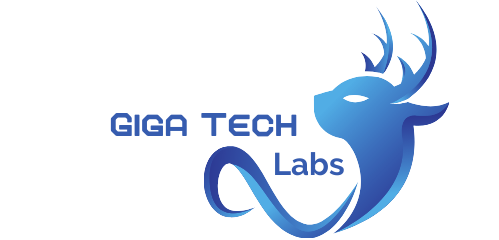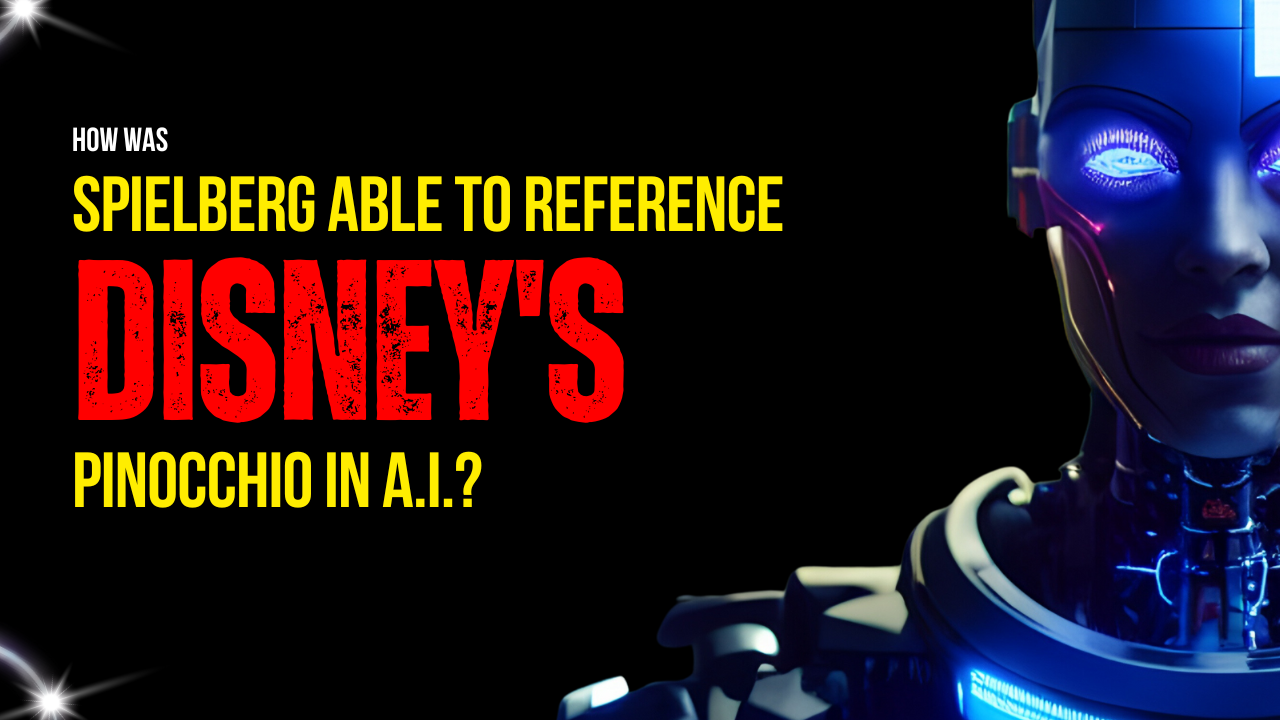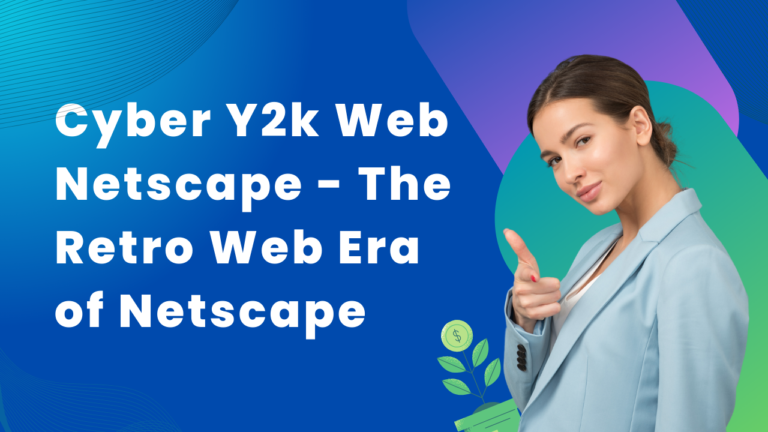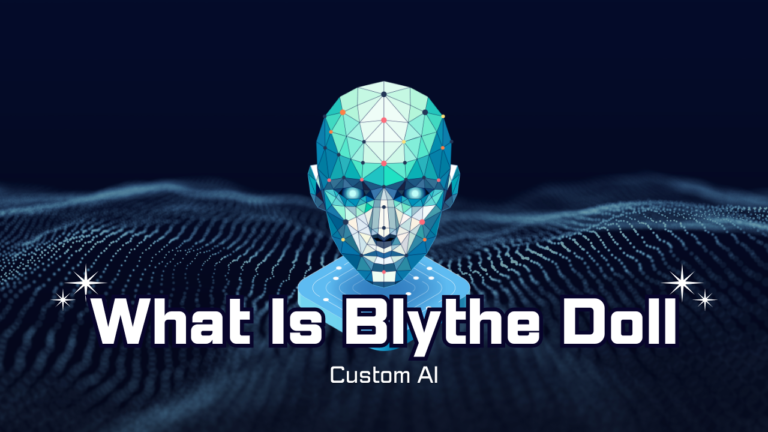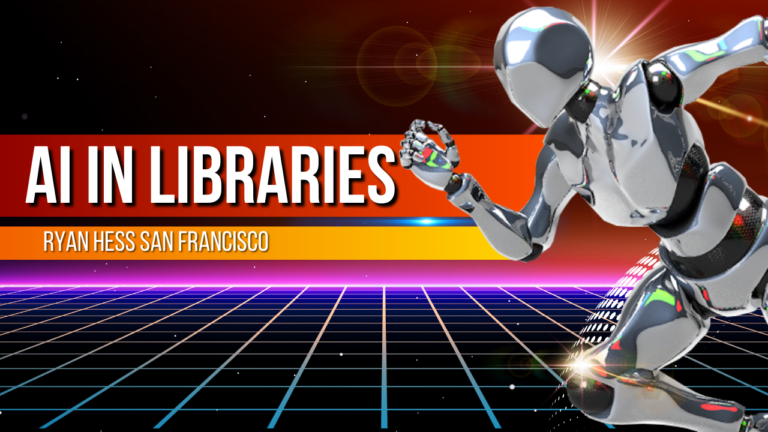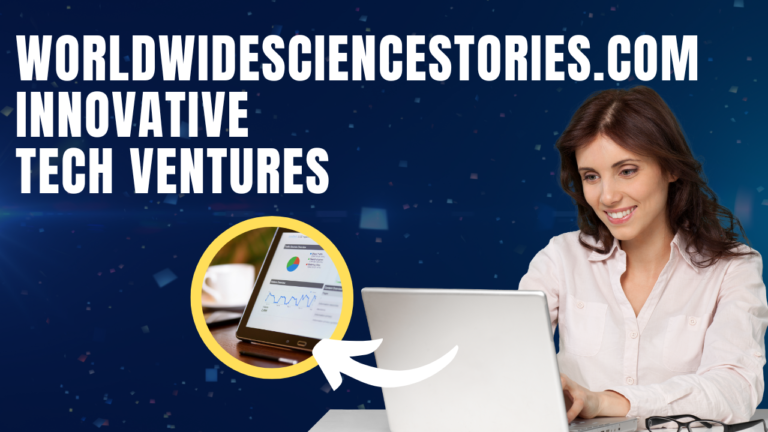How Was Spielberg Able to Mention Disney Pinocchio in A.I?
How Was Spielberg Able to Mention Disney Pinocchio in A.I?: Steven Spielberg’s 2001 film A.I. Artificial Intelligence was an impressive fusion of futuristic science fiction and classic storytelling, yet one of its more remarkable aspects was its references to Pinocchio — Disney’s 1940 version based on Carlo Collodi’s 1883 novel which became iconic through Walt Disney remakings such as Pinocchio — from Walt Disney. Spielberg often uses pop cultural references in his works; here he fully integrated its themes and narrative structure to provide A.Is emotional core.
But how exactly did Steven Spielberg reference Disney’s Pinocchio in A.I.? Given the complex legal landscape surrounding intellectual property and licensing for Disney properties, it’s fascinating to examine his success navigating them successfully – let’s delve into his story, themes, and clever strategies used by Spielberg in making this connection!
Introduction
“Pinocchio” tells of an innocent wooden puppet’s dreams to become real while, in A.I., we follow David (an artificial intelligence robot child). Both characters’ journeys parallel one another strikingly well – Spielberg uses this parallelism intentionally in A.I.” to increase emotional resonance for its audience.
Kubrick Retires As Director
Before exploring its Disney connection, it’s essential to keep in mind that “A.I.” was originally the creation of Stanley Kubrick. For years he worked on it himself before inviting Spielberg as director. While Kubrick originally wanted his vision of dystopia on screen to come true with A.I being darker, Spielberg added warmth that resonates more closely with his personal taste than Kubrick ever could.
Here, the “Pinocchio” reference comes into its own; Spielberg brought in fairy-tale elements that aligned perfectly with his storytelling style, making his vision similar to Kubrick’s vision more accessible for audiences.
Legal Matters and Disney Influence
Given Disney owns the rights to their 1940 animated film Pinocchio, including references in A.I may seem tricky from a legal standpoint; however Spielberg makes indirect and subtle references while emphasizing its wider story, which falls within public domain since the original novel was written during the 19th century.
Spielberg avoided costly licensing agreements by drawing parallels between A.I. and Pinocchio without making direct visual or character references from Disney film without violating their intellectual property. By doing this, A.I. could pay its tribute without violating Disney’s property.
The Blue Fairy: an Iconic Pinocchio Symbol
One of the clearest references to Pinocchio in A.I. is David’s belief in a figure known as the Blue Fairy as someone he can turn into an actual boy. Disney used this iconic symbolism as part of Pinocchio’s life-giving force; Spielberg use this iconic signpost in order to enhance David’s yearning for humanity thereby reinforcing both tales.
Though Spielberg’s Blue Fairy does not directly echo Disney’s version, her name, role and purpose in Pinocchio mirror those of Disney’s. Spielberg honored Pinocchio while creating something entirely original – something Disney couldn’t.
David’s Journey: Recollections of Pinocchio’s Quest
At its heart, A.I. explores David’s journey towards becoming human – similar to Pinocchio’s. David is driven by his desire for acceptance from his mother to find and seek the Blue Fairy who might grant this wish; like Pinocchio before him, however, David encounters obstacles along his journey, learns lessons about life that make his path less straightforward, and eventually comes to realize becoming real is more complicated than anticipated.
Spielberg uses this parallel to explore themes such as identity, humanity, and love that run throughout both films.
Why Pinocchio?
One may question why Spielberg chose Pinocchio as an allegory for artificial intelligence (A.I.). The reason lies within its universal themes — transformation, morality and identity issues are central themes within his story that align perfectly with artificial intelligence’s challenges and considerations.
Just as Pinocchio wrestled with what it means to be “real”, David struggled with being seen and loved as human child. By basing A.I around Pinocchio’s timeless tale, Spielberg invited audiences to engage with these complex themes on an emotional level.
Spielberg and Pinocchio Have an Important Personal Connection
Spielberg has often expressed how deeply his life and work were inspired by fairy tales and childhood tales, especially Pinocchio as it highlights the contrast between innocence and harsh reality of our world — something his films often explore. Reciting Pinocchio in A.I. was for him not simply an aesthetic decision but something personal as it touched on an important theme within its narrative framework.
The Importance of Fairy Tales in Spielberg Films
Spielberg has often drawn upon fairy tales for inspiration in his films. E.T. and Hook both employ similar themes of childhood innocence, wonder, and self-discovery that play out through David’s search to discover himself within an environment which treats him more as an object than as an individual person. “AI,” too, emphasizes these ideas through David’s pursuit of being.
Balancing Sci-Fi and Fantasy Genres
While A.I. can certainly be classified as sci-fi, Spielberg uses Pinocchio to infuse timelessness into his tale – making A.I. not only about futuristic technology, but also a reflection on human desires and emotions across time.
Visual Style: Reminiscent of Pinocchio
Visually, A.I. does not directly evoke Disney’s Pinocchio but there are moments where it captures that fairy-tale feeling reminiscent of classic animated films such as Pinocchio. For instance, David finds a Blue Fairy underwater in one scene that feels ethereal, dreamlike and magical realist; creating an experience reminiscent of classic animated features.
Parallels Between Gepetto and A.I. Creators
Spielberg capitalizes on this theme to explore the relationship between creator and creation – Gepetto in Pinocchio, and scientists in A.I. All protagonists face their own desires and limitations when creating, with results often unfolding unexpectedly compared to initial expectations. Spielberg uses this dynamic as another layer in Pinocchio as another metaphorical layer.
How David Connects With Audience
Similar to Pinocchio, David draws the audience’s pity. Although artificial, his emotional journey seems very real. Spielberg ensures that just like we root for Pinocchio to become real boy; we cheer for David too achieve love and acceptance he so desperately longs for.
Addressing Ethical Considerations in A.I.
Pinocchio raises profound moral, ethical and responsibility questions regarding what it means to be “good,” while A.I.” explores ethical dilemmas surrounding creating sentient beings with artificial intelligence capabilities. Spielberg uses Pinocchio as an engaging vehicle to introduce complex issues about artificial intelligence to viewers while prompting them to consider its consequences and make up their minds about technological progress.
The Ending: An Alternate Version of Pinocchio’s Happily Ever After
Pinocchio ends with Pinocchio becoming real boy; A.I. however offers an altogether more bittersweet conclusion, where David doesn’t become human in the traditional sense but still achieves emotional fulfilment through final moments spent with his mother and Spielberg plays with this convention to give way to more complex, poignant conclusions that challenge our notions of happiness endings.
Spielberg’s Legacy and Pinocchio’s Enduring Appeal
Spielberg draws upon Pinocchio as an iconic story to draw upon for A.I.’s appeal and relevance in society at large. Pinocchio’s journey toward being real echoes universal human experiences – making the story the ideal jumping-off point.
Spielberg’s ability to seamlessly blend Pinocchio into his film A.I Artificial Intelligence is testament to his storytelling brilliance. Exploring timeless themes such as transformation, identity and love while exploring artificial intelligence as an avenue towards fulfilling our deepest human desires is truly impressive. Although legal restrictions limited direct references from Disney’s adaptation, Spielberg nonetheless found innovative ways to honor Pinocchio while keeping its spirit within futuristic AI worlds such as A.I.
FAQs
1. Did Steven Spielberg need permission from Disney for references to Pinocchio in A.I.?
No permission was necessary since Pinocchio is in the public domain storyline; Spielberg used themes and elements from its novel rather than directly citing Disney’s 1940 adaptation for A.I.
2. What role does the Blue Fairy play in A.I.?
She represents David’s desire for humanity – similar to Pinocchio from Pinocchio story. She symbolizes his ultimate fulfillment.
3. How Does AI Differ From Pinocchio?
Where Pinocchio ends with his puppet being brought back into human form, A.I. provides an emotional rather than literal path toward the fulfillment of David.
4. Was A.I. the original concept of Stanley Kubrick?
Yes, originally Stanley Kubrick developed A.I. but eventually passed it off to Steven Spielberg who further modified and added more human elements for A.I. 4, was A.I. initially developed by Stanley Kubrick?
Initially yes; Stanley Kubrick developed it prior to passing it along for Spielberg who refined and softened its tone before eventually adding in fairy elements into its plot and narrative structure.
5. What themes connect Pinocchio and AI?
Both stories explore themes related to identity, humanity, transformation, love and acceptance – key topics explored within both narratives.
